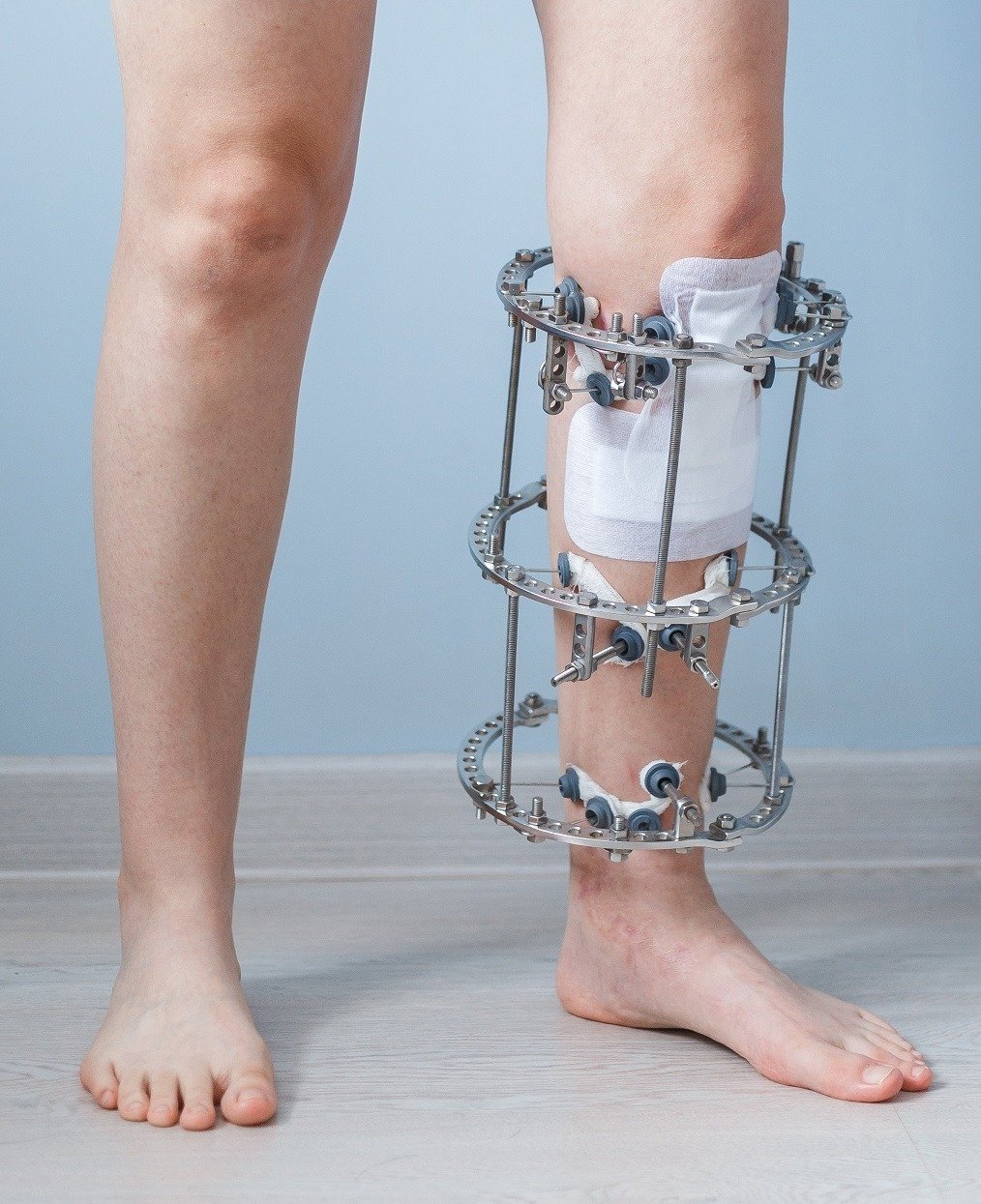Subtotal $0.00
As a fellowship trained Orthopedic surgeon, Dr Amey focuses on treating all Joint conditions – Injuries , Fractures, Replacement and Arthroscopy. He has been trained in one of the best institutes in India under pioneers of the field . He has performed numerous surgeries in Government hospital , Mumbai. He has special interest in Revision Hip replacements , Joint preservation surgeries and Sports Injuries.
OPD building, Vision Hospital, next to Max Superstore, Karaswada, Mapusa, Goa 403507
Shopping cart
- Home
- About Doctor
- Service
- Complex Trauma
- Periarticular Fractures
- Total Shoulder Replacement Surgery
- Joint Replacement Surgery
- Pelvic Acetabulum Fracture
- Knee Joint Replacement Surgery
- Total Hip Replacement Surgery
- Anterior Cruciate Ligament (ACL)
- Posterior Cruciate Ligament Injury (PCL)
- Medial Collateral Ligament (MCL)
- Lateral Collateral Ligament (LCL)
- Multiligament Knee Joint Injury
- Shoulder Surgeries
- Rotator Cuff Repair
- Bankart Repair Surgery
- Latarjet Surgery
- Remplissage Surgery
- High Tibial Osteotomy (HTO)
- Distal femur Osteotomy (DFO)
- Limb Reconstruction System (LRS)
- Ilizarov Surgery
- Gallery
- Faq’s
- Blog
- Contact
- Phone:+91 88821 19651
- Email:drsameermittal.ortho@gmail.com
- Suyash Hospital, Gudhiyari Main Rd, Kota, Raipur, Chhattisgarh 492001
